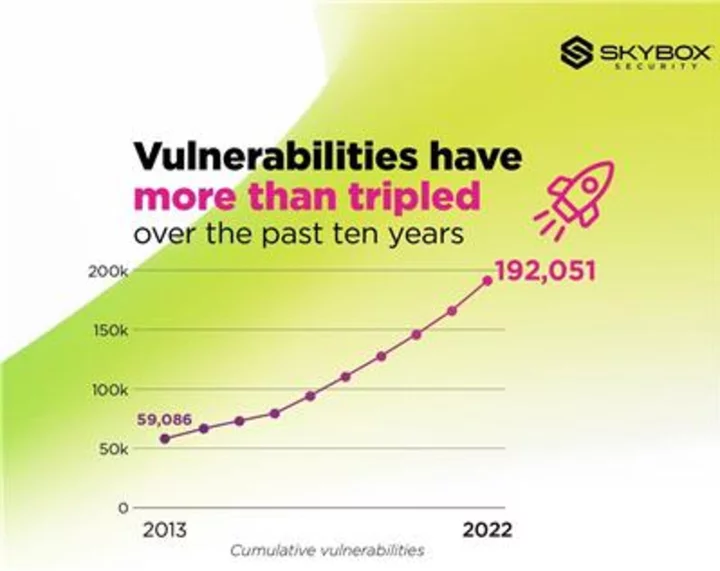
Skybox Security Report Unveils 25% Surge in New Vulnerabilities, Posing a Significant Challenge to Organizations
SAN JOSE, Calif.--(BUSINESS WIRE)--Jun 6, 2023--
2023-06-06 23:27

Wemade Celebrates Second Anniversary of MIR4 Global Service with Special Events!
SEOUL, South Korea--(BUSINESS WIRE)--Aug 22, 2023--
2023-08-22 21:22

7 of the Best Cat Litter Boxes, According to Experts
Whether you’re shopping for senior cats or looking for an automatic model, the best cat litter boxes can improve the quality of life for you and your favorite feline.
2023-08-23 02:16
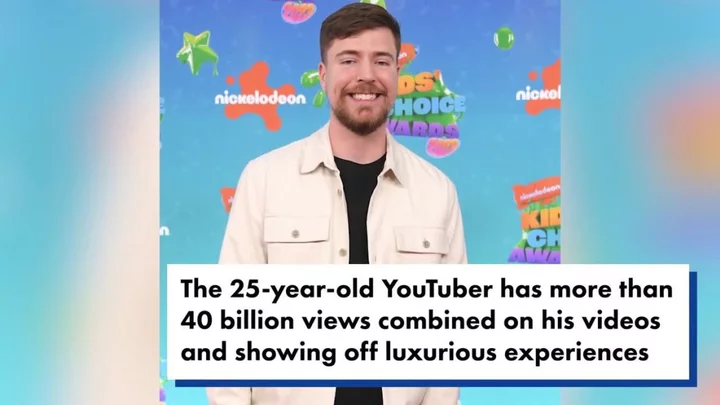
Photo of 'MrBeast' flying in economy has fans concerned he's broke
A photo of MrBeast shared by the streaming platform Kick asleep on a plane has fans concerned that the most subscribed YouTuber on the planet is broke. MrBeast, real name Jimmy Donaldson, has a reported net worth of $100 million but has spoken in the past about how much money he loses when filming his highly produced and expensive YouTube videos as well as having his own Feastables and MrBeast burger ranges and advertising and sponsorship deals. However, fans have been alarmed at an apparent image of the 25-year-old asleep on a plane while flying in economy class when he could easily afford to fly in the more lavish business seats in first class or even on a private jet. The image which has since gone viral saw Kick say on their X/Twitter account "bro wtf MrBeast doing in economy?" without any indication as to whether the person in the picture was actually the YouTuber or not. Many fans of MrBeast have since latched onto the photo asking if he is in financial trouble while others weren't convinced. Dexerto have reported that the person in the picture could be a lookalike while a community note on a Drama Alert tweet also stated that there was no proof that MrBeast was actually in the photo, while also stating that it was actually a Taiwanese airline and not a Spirit Airlines plane. MrBeast is yet to respond to the image but it is highly unlikely that he is broke given that his most recent YouTube video has more than 98 million views. Regardless even if it is him, just because he's very rich doesn't mean he has to spend frivolously or think that he is above anyone else on a plane. Sign up for our free Indy100 weekly newsletter Have your say in our news democracy. Click the upvote icon at the top of the page to help raise this article through the indy100 rankings.
2023-09-15 20:55
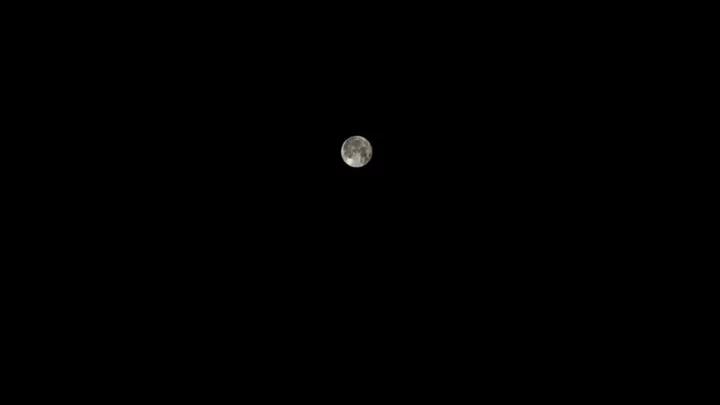
China discovers 'hidden structures' deep beneath the dark side of the moon
Scientists have just uncovered billions of years’ worth of secrets buried beneath the surface of the moon. Our celestial companion has been a source of awe and mystery since time immemorial, but now, thanks to China’s space programme, we’re starting to piece together its past. In 2018, the Chang’e-4 lander, of the Chinese National Space Administration (CNSA), became the first spacecraft ever to land on the far side (or the dark side, if you'd prefer) of the moon. Since then, it has been capturing incredible images of impact craters and extracting mineral samples, offering a long-sought insight into the structures that make up the top 1,000 feet of the moon’s surface. Earlier this month, the Chang’e-4’s findings were finally published, and the world was invited to delve deep into the history of our cherished natural satellite. The results, published in the Journal of Geophysical Research: Planets, reveal that the top 130 feet (40m) of the lunar surface are made up of multiple layers of dust, soil, and broken rocks. Hidden within these layers is a crater, which formed when a large object slammed into the moon, according to Jianqing Feng, an astrogeological researcher at the Planetary Science Institute in Tucson, Arizona, who co-led the pioneering analysis. Beneath this, Feng and his colleagues discovered five distinct layers of lunar lava that spread across the landscape billions of years ago. Experts believe that our moon formed 4.51 billion years ago, when a Mars-size object crashed into Earth and broke off a chunk of our planet, as Live Science notes. Over the following 200 million years or so, the moon continued to be pummelled by space debris, with numerous impacts leaving cracks in its surface. Just like on Earth, the moon’s mantle contained pockets of molten magma, which infiltrated the newly formed cracks thanks to a series of volcanic eruptions, Feng explained. However, the new data provided by Chang’e-4 showed that the closer the volcanic rock was to the moon’s surface, the thinner it got. "[The moon] was slowly cooling down and running out of steam in its later volcanic stage," Feng said. "Its energy became weak over time." It is understood that volcanic activity on the moon died out between a billion and 100 million years ago, which means it is largely considered “geologically dead”. However, Feng and his co-authors have suggested there could still be magma buried deep beneath the lunar surface. Chang’e-4 still has much work to do, and Feng and his team hope this is just the beginning of their literally ground-breaking mapping of the moon. Sign up for our free Indy100 weekly newsletter Have your say in our news democracy. Click the upvote icon at the top of the page to help raise this article through the indy100 rankings.
2023-08-21 18:54

Save 96% on this intuitive language learning software bundle
TL;DR: The Language Learner Lifetime Subscription Bundle is on sale for £23.72, saving you 96%
2023-09-02 12:15

PewDiePie and wife Marzia celebrate fourth wedding anniversary, fans say they set the bar 'way too high'
Marzia Kjellberg, who has been married to PewDiePie for four years, recently shared family photos
2023-09-02 13:47

Detective Pikachu Returns Review
Even as a Pokémon spin-off series, Detective Pikachu is weird. It ditches turn-based role-playing combat
2023-10-04 23:52
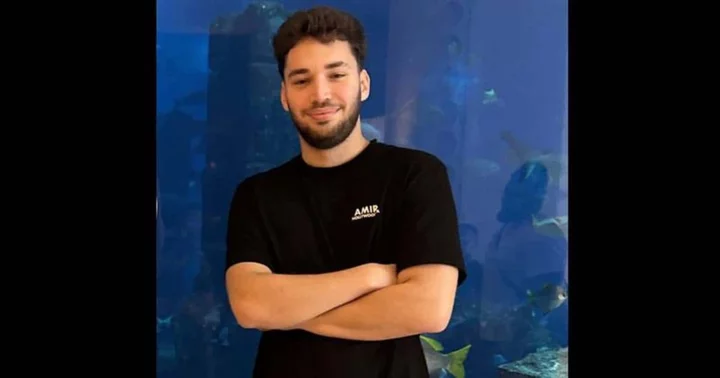
Who are Adin Ross' top-tier streamers' picks? Kick star shakes up streaming community with 'GOAT' list, Internet labels it 'disrespectful'
Adin Ross unveiled his exclusive selection of 'top-tier streamers' who have earned nominations for the coveted title 'GOAT'
2023-08-07 14:58
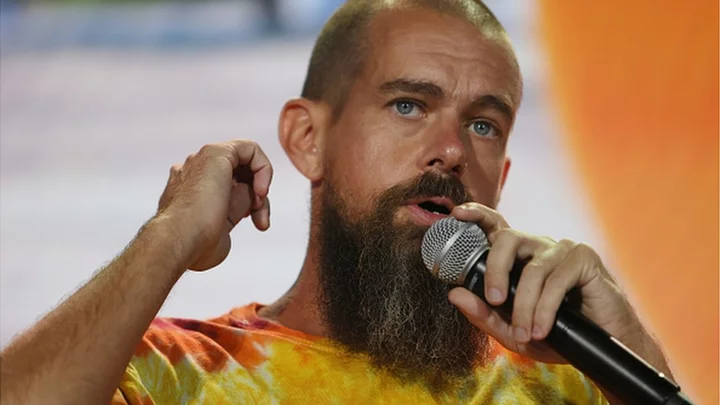
Jack Dorsey: India threatened to shut Twitter and raid employees
Former Twitter CEO Jack Dorsey's allegations have been denied by the Indian government.
2023-06-13 14:52
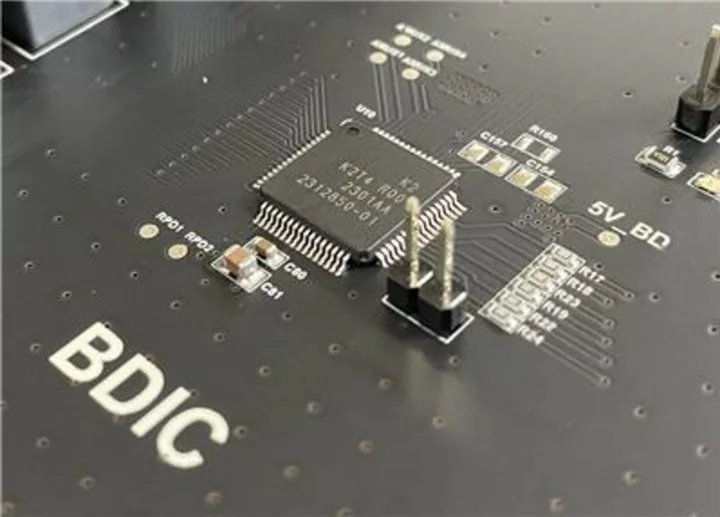
Autosilicon Releases the World's First 14-Channel Battery Diagnosis IC for Electric Vehicles and Energy Storage Systems
SEOUL, South Korea--(BUSINESS WIRE)--Jul 3, 2023--
2023-07-03 21:28
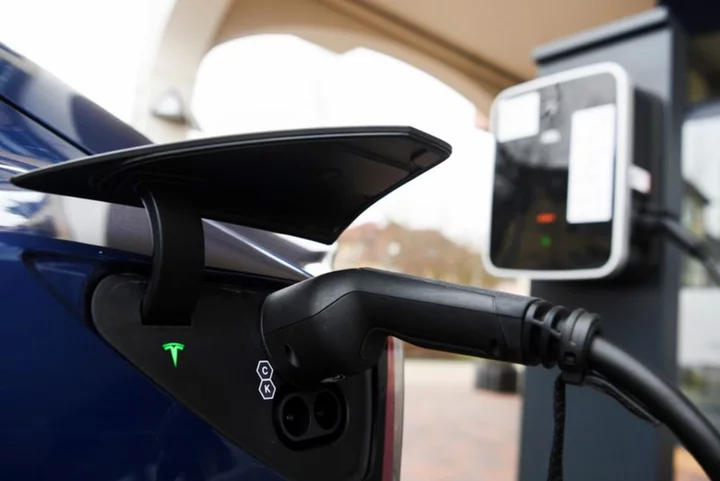
Exclusive-Texas to require state-backed charging stations to include Tesla plug
By Jarrett Renshaw and Hyunjoo Jin (Reuters) -Texas said it will require electric vehicle charging companies to include both Tesla's
2023-06-21 06:54
You Might Like...

What to stream this weekend: 'Monkey King,' Stand Up to Cancer, 'No Hard Feelings,' Madden NFL 24
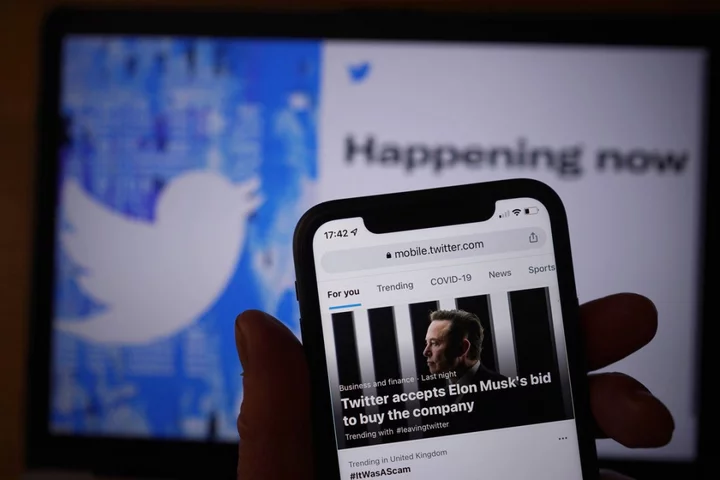
Tweetdeck down: Major Twitter client not working amid chaos on site
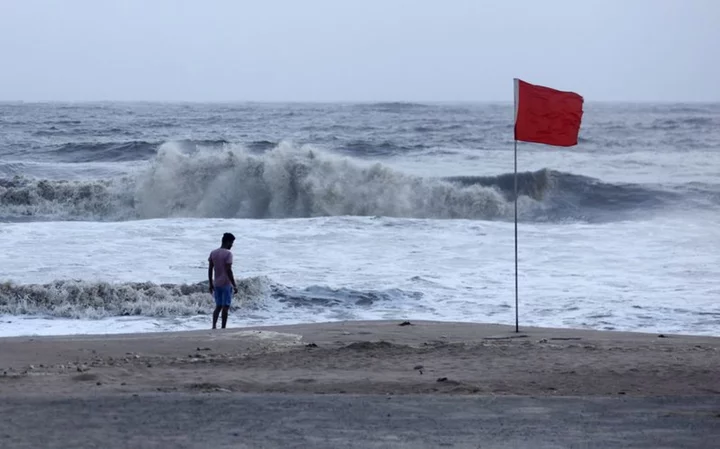
Cyclone likely to hit India's west coast, south Pakistan on Thursday
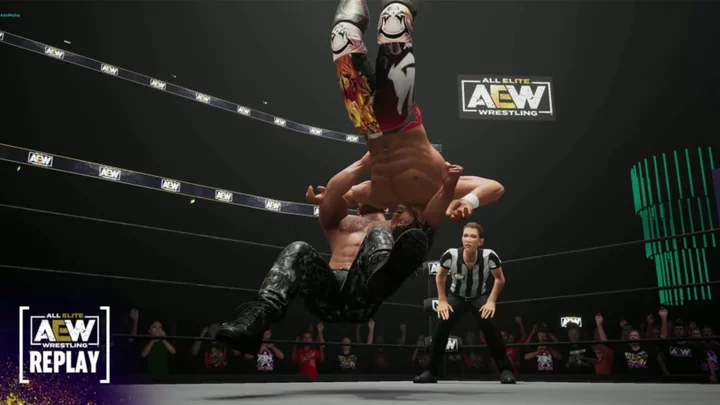
Are ROH Wrestlers in AEW: Fight Forever?

New York City unveils an 'artificial intelligence action plan'

Why Do Cats Lick Tape and Plastic?
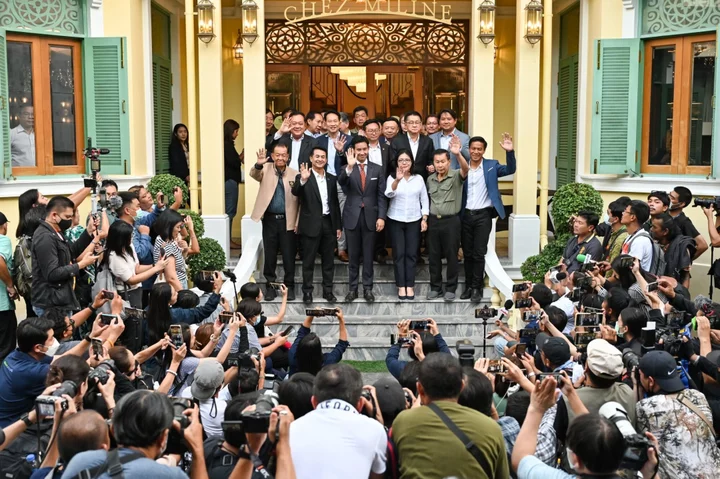
How Thailand’s Election Winner Used TikTok to Eke Rare Progressive Triumph

X Corp sues anti-hate campaigners over Twitter research
